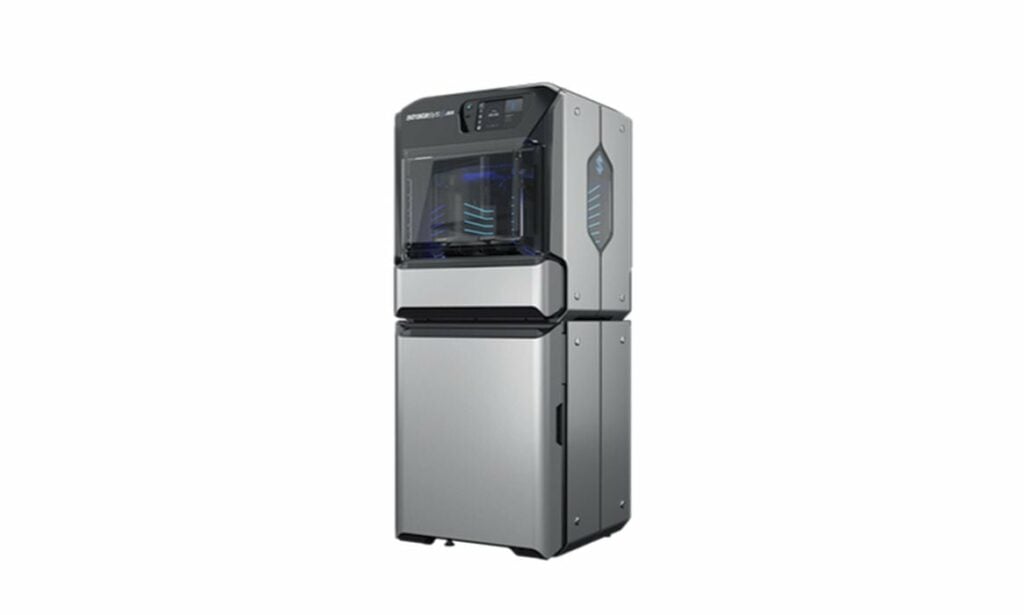
Charles R. Goulding and Preeti Sulibhavi look at the powerful combination of Adobe 3D software and Stratasys full color 3D printing equipment.
Adobe is one of the leading software companies in the world. Offering a full line of diversified products and services, Adobe employees 25,988 people as of December 2021, and had revenues of about US$15.8B for the same year. Adobe has various US and international patents, and pending applications, relating to various aspects of their software products and technology.
Recently, Adobe has partnered with Stratasys to streamline an extensive 3D printing suite for creative projects.
Adobe, Stratasys and 3D Printing
While there are somewhere around 56 Adobe apps, the Adobe Substance 3D suite is comprised of 3D design tools that can be utilized by both professionals and enthusiasts alike. Features and functionalities include assembling models, materials, and lighting in a 3D scene as well as producing stunning virtual photographs and renderings. And, each asset can output infinite variations. So the possibilities are literally endless.
The collection includes four key tools: stager, sampler, painter and designer. And, thanks to Stratasys, users can seamlessly render then print their full-color models with physical textures directly from Adobe Substance to their Stratasys PolyJet 3D printer.
With the ability to include full color, material and finish (CMF) models into their design process, artists, designers as well as engineers can test various iterations of a product without added cost, labor or time. By incorporating 3D printed models into the product design process users are able to see, touch and interact with a product prototype in a way that isn’t possible in an entirely digital world. This helps to ensure that the end product matches the original design intent and improves the quality of each product.

In fact, creative workflows can be streamed with Stratasys J55 Prime and J850 Pro 3D printers. The J850 3D printer has been used to create the Beautiful Collection: Prince’s Custom Shoes, where Paisley Park designers and museum curators worked with Stratasys to bring their designs to life.

The Research & Development Tax Credit
The now permanent Research and Development (R&D) Tax Credit is available for companies developing new or improved products, processes and/or software.
3D printing can help boost a company’s R&D Tax Credits. Wages for technical employees creating, testing, and revising 3D printed prototypes can be included as a percentage of eligible time spent for the R&D Tax Credit. Similarly, when used as a method of improving a process, time spent integrating 3D printing hardware and software counts as an eligible activity. Lastly, when used for modeling and preproduction, the costs of filaments consumed during the development process may also be recovered.
Whether it is used for creating and testing prototypes or for final production, 3D printing is a great indicator that R&D Credit eligible activities are taking place. Companies implementing this technology at any point should consider taking advantage of R&D Tax Credits.
In Living Color
It is not enough to have ideas. It is more important to share them. With the recent collaboration of Stratasys and Adobe, more things are possible thanks to 3D printing.

